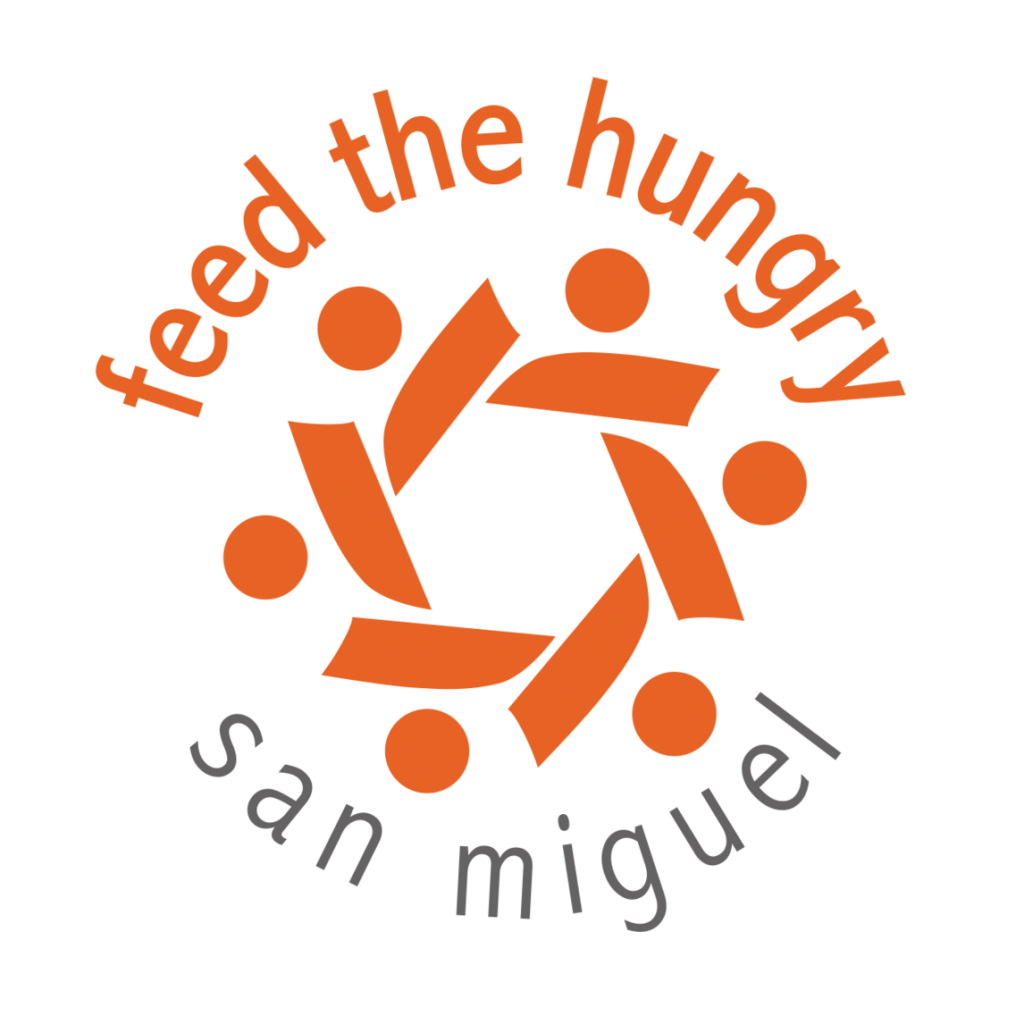
Feed the Hungry San Miguel started as a small, informal charitable organization in 1984 at St. Paul’s Episcopal Church in San Miguel de Allende. People of all ages who were in need of food began going to the church where the cafeteria served them rice, beans, agua fresca, and tortillas.

Our service area now includes the entire San Miguel de Allende municipality, and beyond. This year we expect to provide food for approximately one million meals through several programs, and soon we will be operating a total of 40 kitchens. How fitting!
We continue to serve meals for children every school day at our kitchens, as well as provide food for local charities, and nutrition education for families. Assessments of the health of the children before and after they enter our meals program reveal a marked improvement in their development, with fewer signs of malnutrition.
We have grown and adapted to change over the past many years. Some of the challenges we have faced include:
Building School Kitchens in Inaccessible Areas
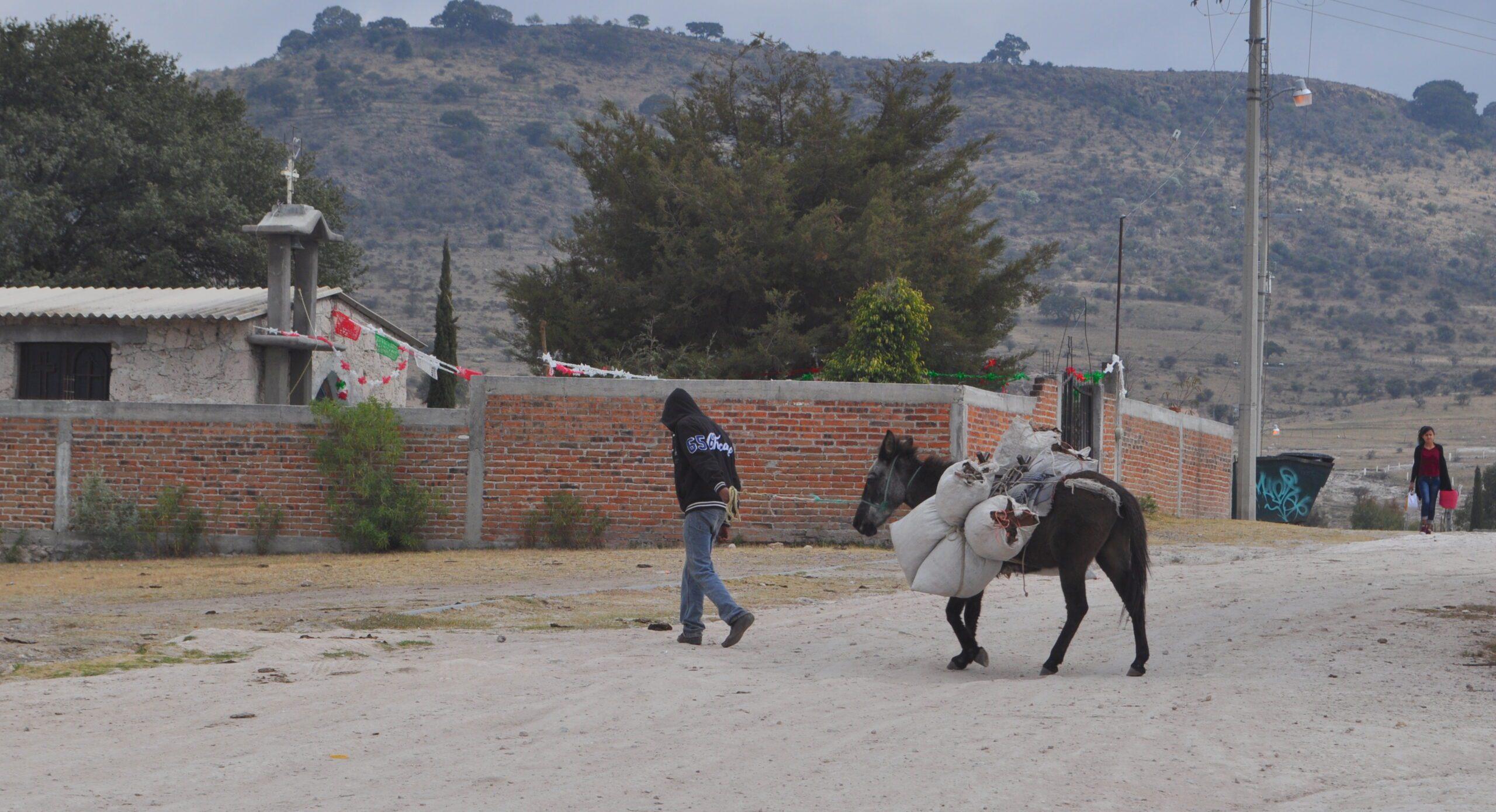
As you can imagine, it’s not easy to build a kitchen in a rural location with only occasional supplies of fresh water, limited access to electricity, and no stores in the area that sell construction supplies.
But in January 2023, a sparkling kitchen and a shaded dining area were inaugurated in Don Francisco, a community of 1,272 residents with a significant indigenous population. What made this kitchen different was that it was created inside a 40-foot shipping container instead of being built of brick and mortar. Conditions in the community, located 18 kilometers west of San Miguel de Allende, made it necessary to place the container by crane.
The donation and re-design of the interior of the container was a gift from longtime donor and kitchen architect/builder Arq. Rafael Franco. And in some other locations, Franco donated prefabricated structures, sinks, work surfaces, and labor to create kitchens in an existing space on school grounds.
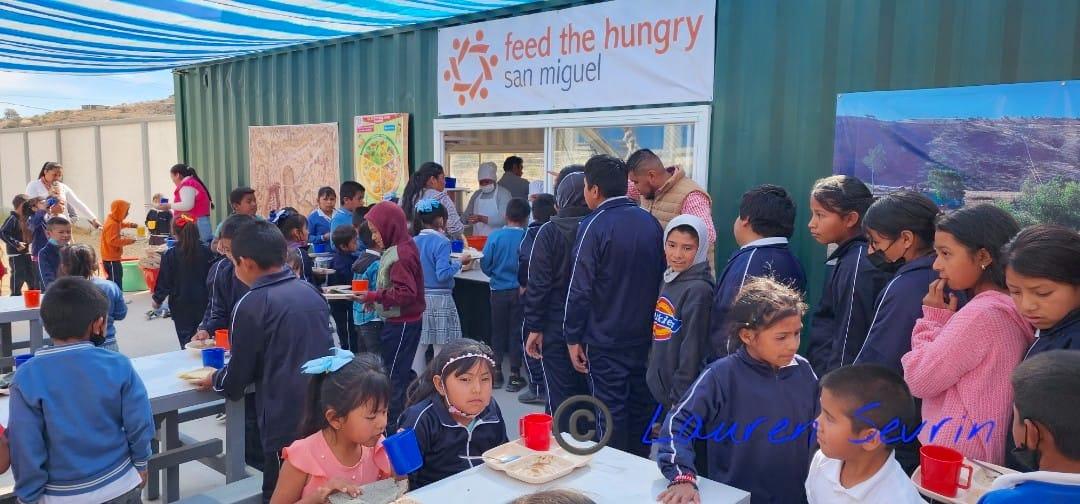
Gas Shortages
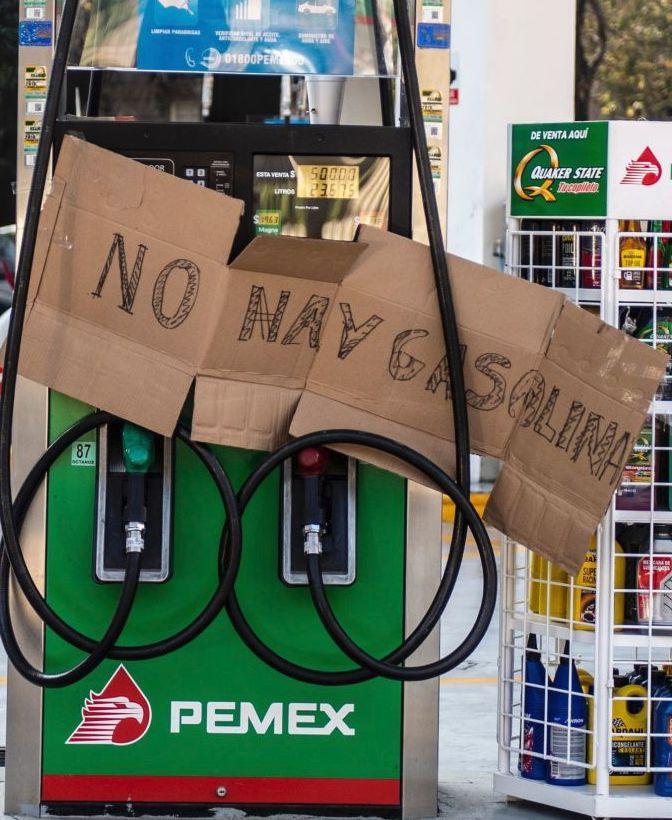
Our dedicated volunteer drivers didn’t let the gasoline shortage in 2019 keep them from delivering their assigned school’s weekly supplies—many lined up for gas, used their personal supplies, and one driver even hired a taxi to help him make his delivery!
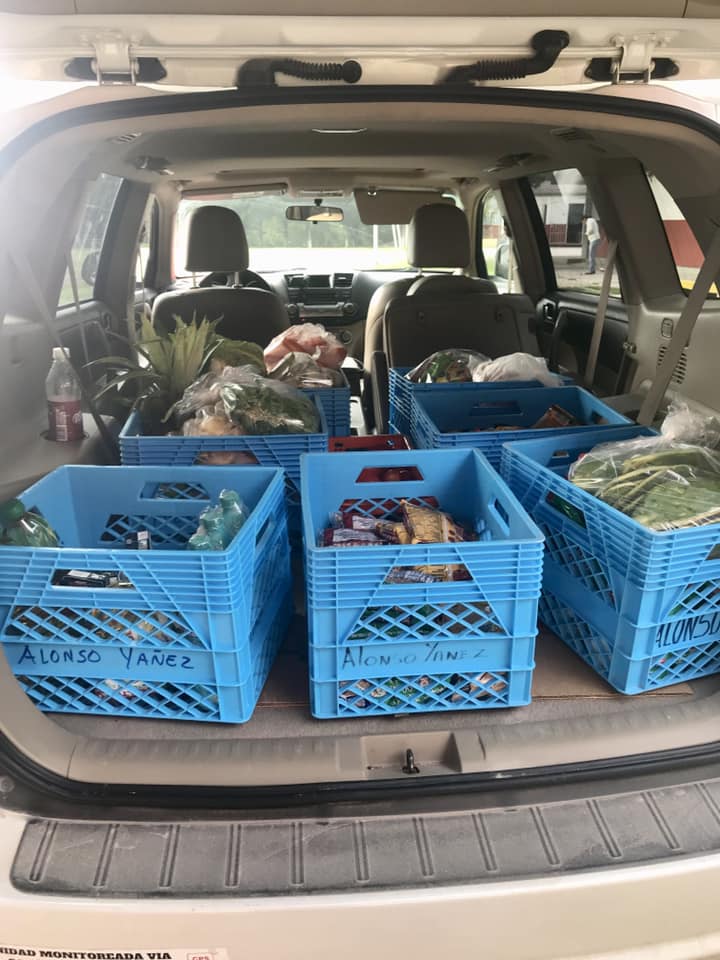
Worldwide Pandemic
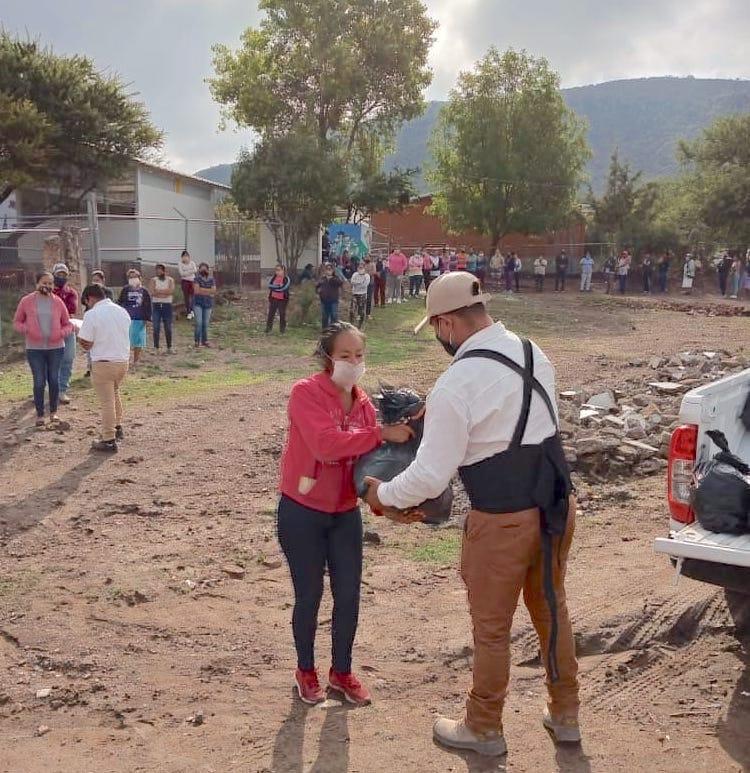
The COVID-19 pandemic tested our systems and resolve in 2020 when schools closed. Children could not receive their healthy school meals, and thousands of already impoverished families lost their sources of income and were in dire need.
Without missing a beat, teams assembled to brainstorm how to distribute food to the families of the children whom we normally served. We retooled operations, reconfigured the warehouse, and sought and procured essential supplies and food. In just one day, operations staff weighed and packed 500 food bags of 14 kilos each, for immediate distribution. Face masks and hygiene supplies were included as well.
Within 18 months, Feed the Hungry had delivered more than one thousand metric tons of food (ingredients for more than 13,000,000 meals) through our Feed the Families Emergency Response initiative, providing essential nutrition and a lifeline for more than 20,000 people.
Feed the Hungry also coordinated distribution of 1.2 million donated face masks at key points throughout the city. This effort included supplying 100,000 face masks to public markets and shops, 200,000 to public transportation, 27,000 to the elderly via DIF, and masks for personnel at the general hospital.
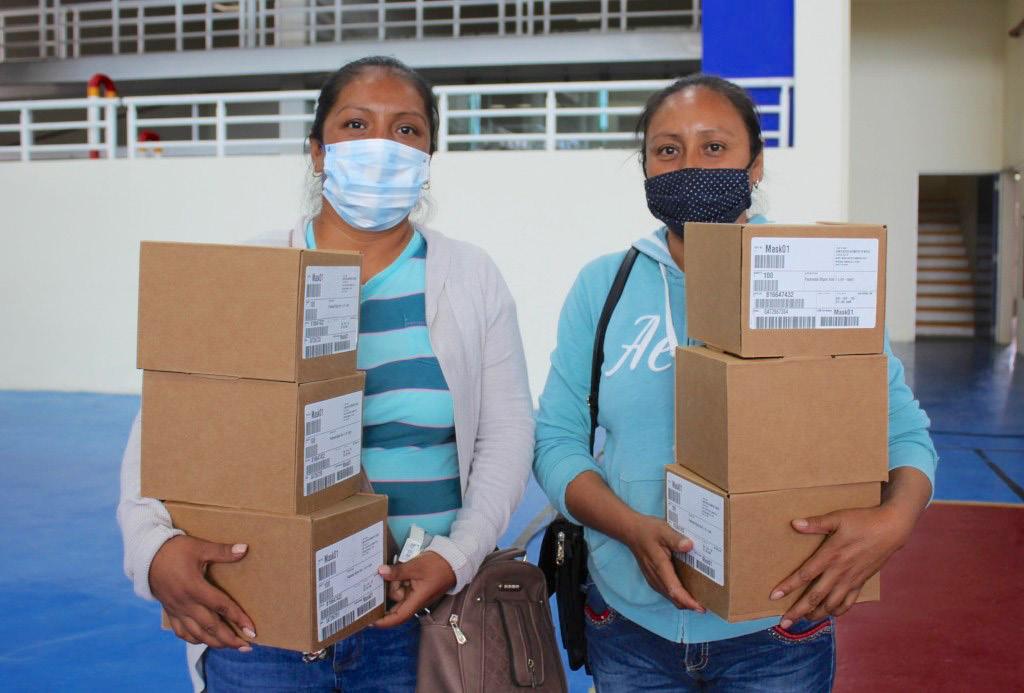
Addressing Water Woes
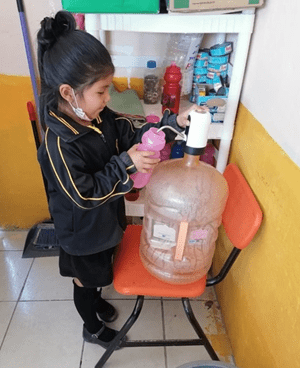
Unsafe water is a principal cause of childhood mortality globally. Some communities that Feed the Hungry supports have little to no water available locally, while others have water that is contaminated. For most families, bottled water is simply unaffordable. There are no functioning water fountains in San Miguel schools, and children do not carry water from home.
Based on water studies conducted where we provide food service, we found that the quality of water in some communities exceeds the permitted levels of fluoride and arsenic. In some locations, we were able to make existing water catchment systems operational, and to install a line from a cistern to an adjacent Feed the Hungry kitchen.
In 2022,we launched the Student Hydration Program to provide clean water for children in the classrooms and for food preparation in the school kitchens. Each month, purified water in large refillable jugs is delivered to 23 communities. Feed the Hungry also provides refillable plastic water bottles to every child, and they are encouraged to hydrate with water instead of sugared beverages.
Rising Food Costs
In spite of the rising costs of food and fuel, we have been able to maintain the cost of a fresh, well-balanced meal at just around 86 cents (US), which includes only 8 cents for administrative expenses and excludes all fundraising expenses.
The secret? Operational efficiencies, strong local relationships, an incredibly resourceful staff, and a dedicated corps of volunteers. We also receive weekly in-kind donations from a local dairy farm, a local bakery, and local vegetable growers.

How Have We Managed These Challenges?
Our entire infrastructure is supported by the efforts of vitally important unpaid volunteers who supplement the labors of our staff. These include nearly 50 food packers, 34 drivers, mothers who help in the 40 school kitchens, and our (uncompensated) Board of Trustees and Advisory Board. An English language educational program in the Los Ricos community is run solely by volunteers.
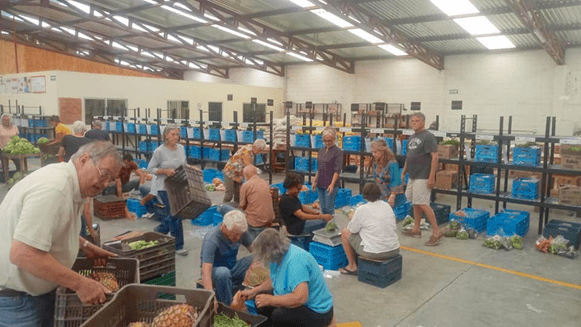
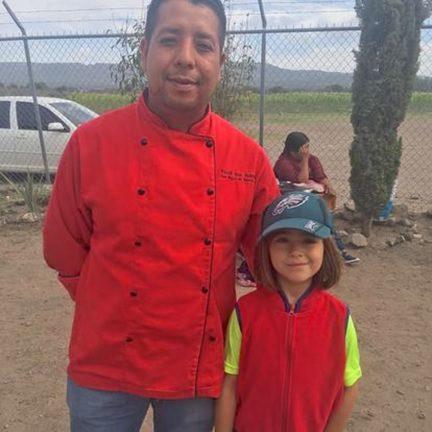
Our hardworking operations teams are headed by Operations Manager Olivia Muñiz Rodriguez, who has been directing our food program for nearly 25 years. We also have some staff members who, as children, were recipients of Feed the Hungry school meals. They are personally motivated to feed and educate our thousands of beneficiaries.
We are fortunate to have such an experienced team to lead us into the future and enable us to serve the needs of even more members of the San Miguel community.
By the Numbers
As our reach continues to grow, serving more hungry San Miguelenses every year, the numbers are quite astonishing!
Feed the Hungry San Miguel is on track to serve more than ONE MILLION meals in 2024.

- More than 4,500 children at 40 schools receive a hot, healthy meal every school day through the School Meals Program.
- Food supplies are delivered to 7 charities that serve orphans, children with disabilities, and the elderly, through Cooperative Programs.
- There are 223 children in 15 communities who benefit from food supplied through the Early Childhood Nutrition Program.
- The Extended Alimentation Program provides food in some communities where we don’t already operate a school kitchen, yet the need is great. Currently, there are 73 families in 7 communities in the program.
- Staff nutritionists conduct dozens of workshops every year for mothers and children, on good nutrition and hygiene habits.
For more insight into our evolution these past 40 years, view a timeline of Feed the Hungry San Miguel’s milestones.

